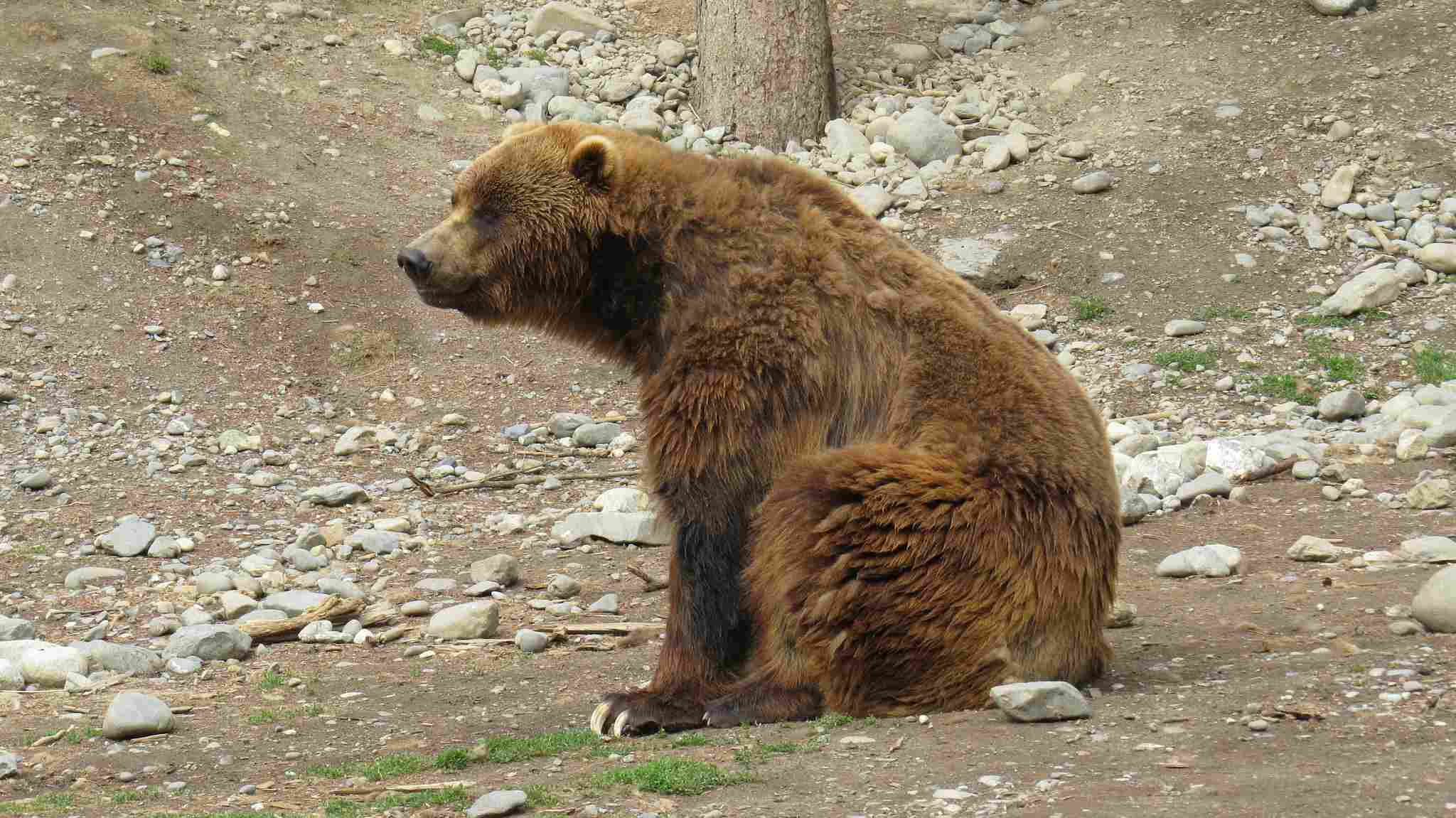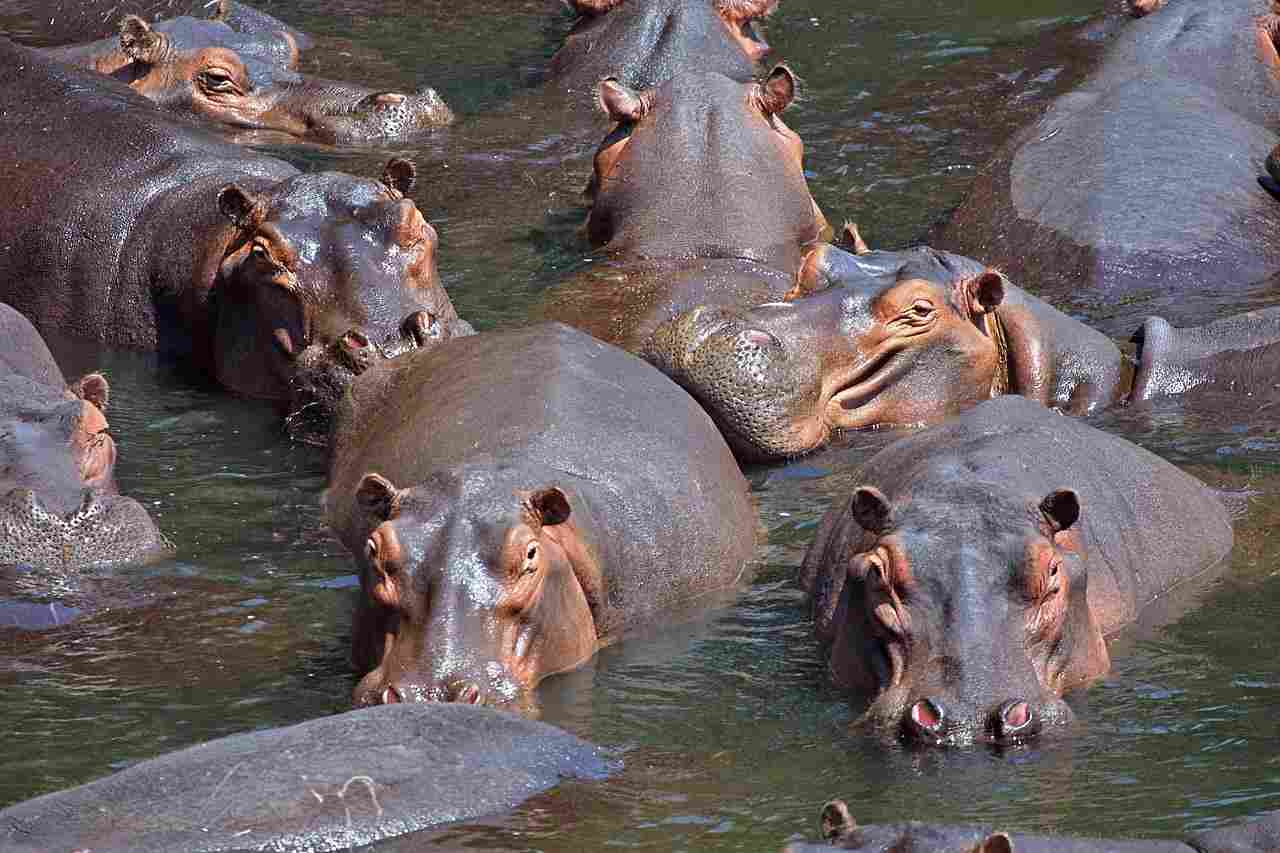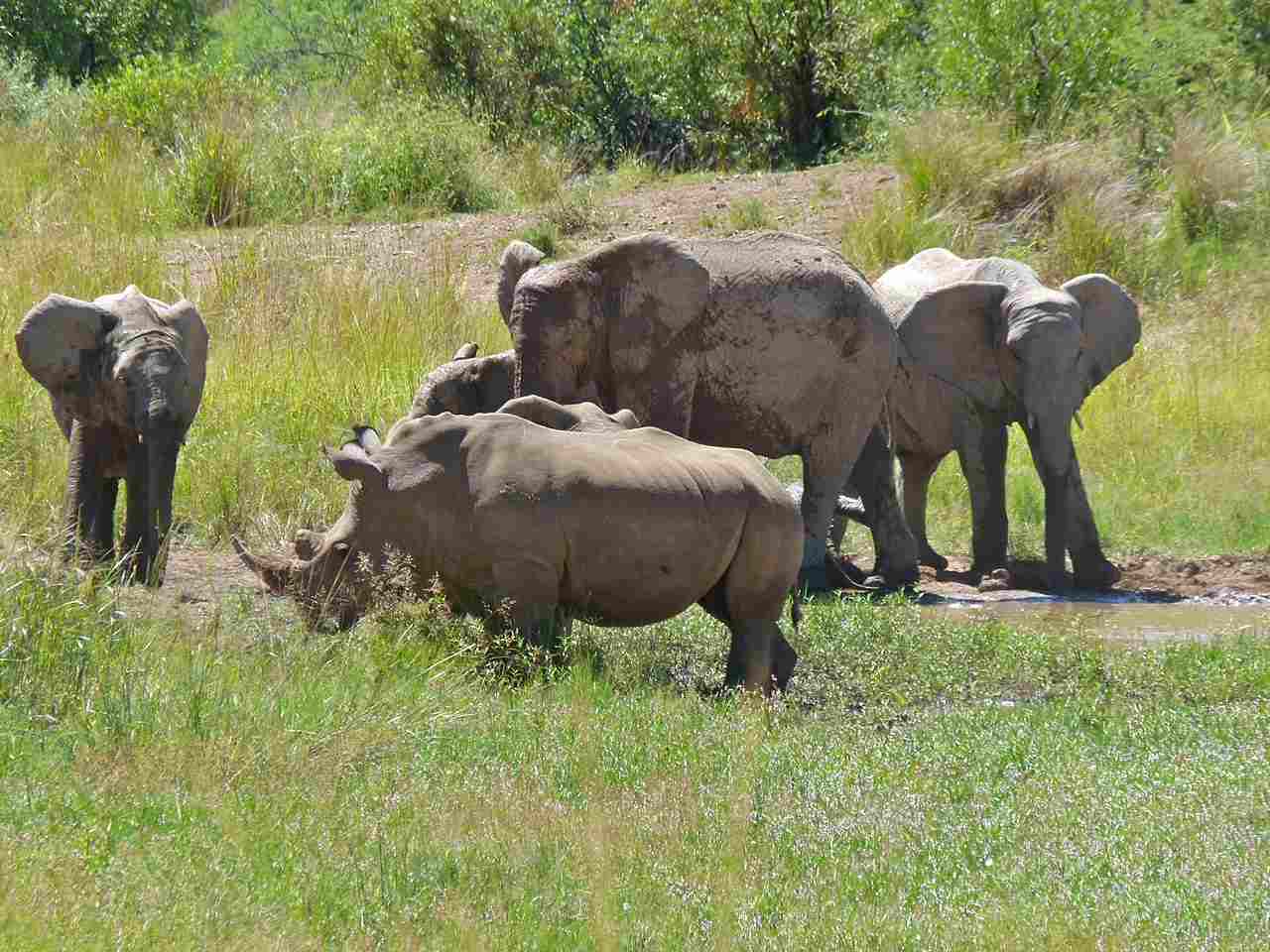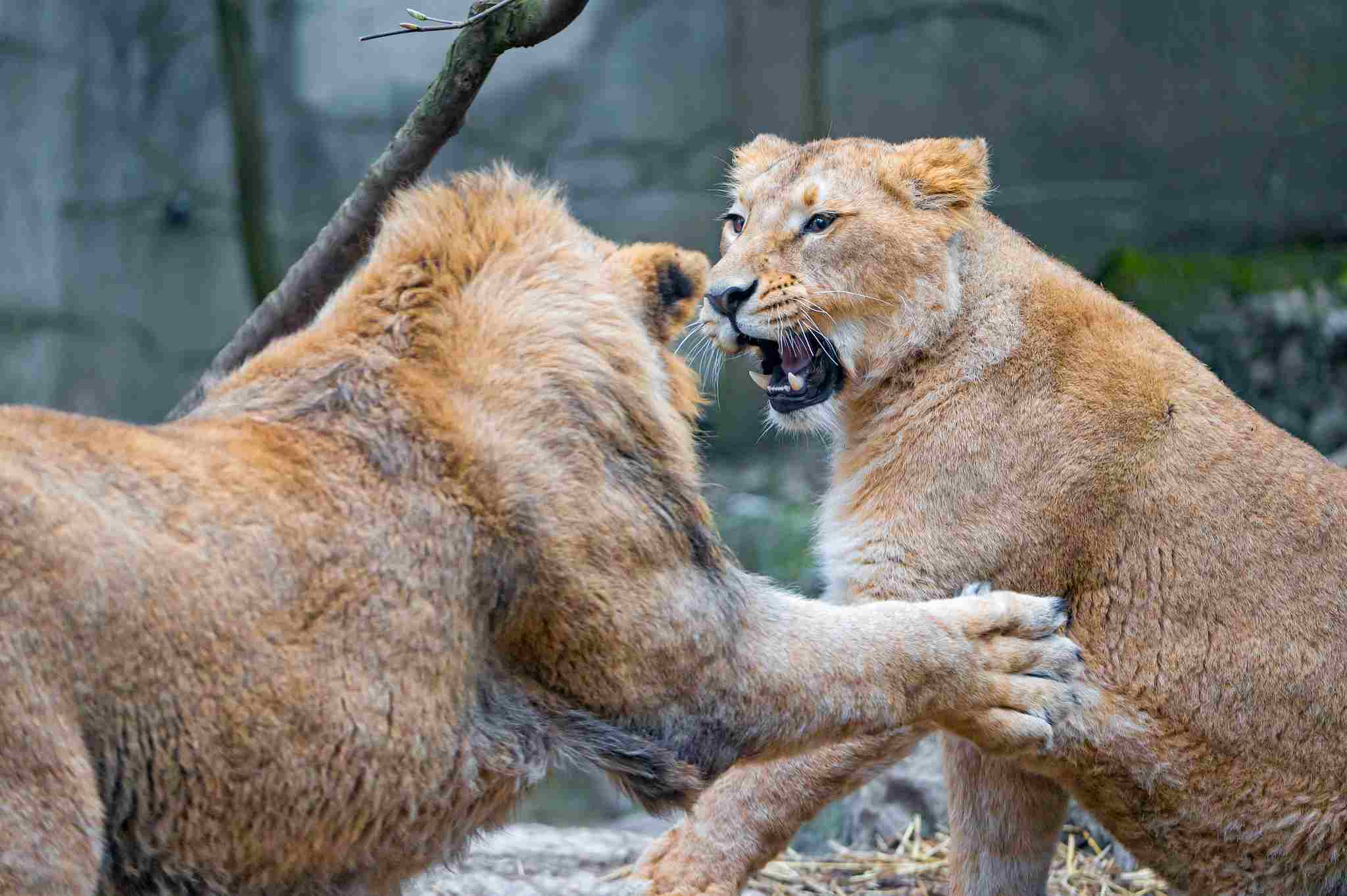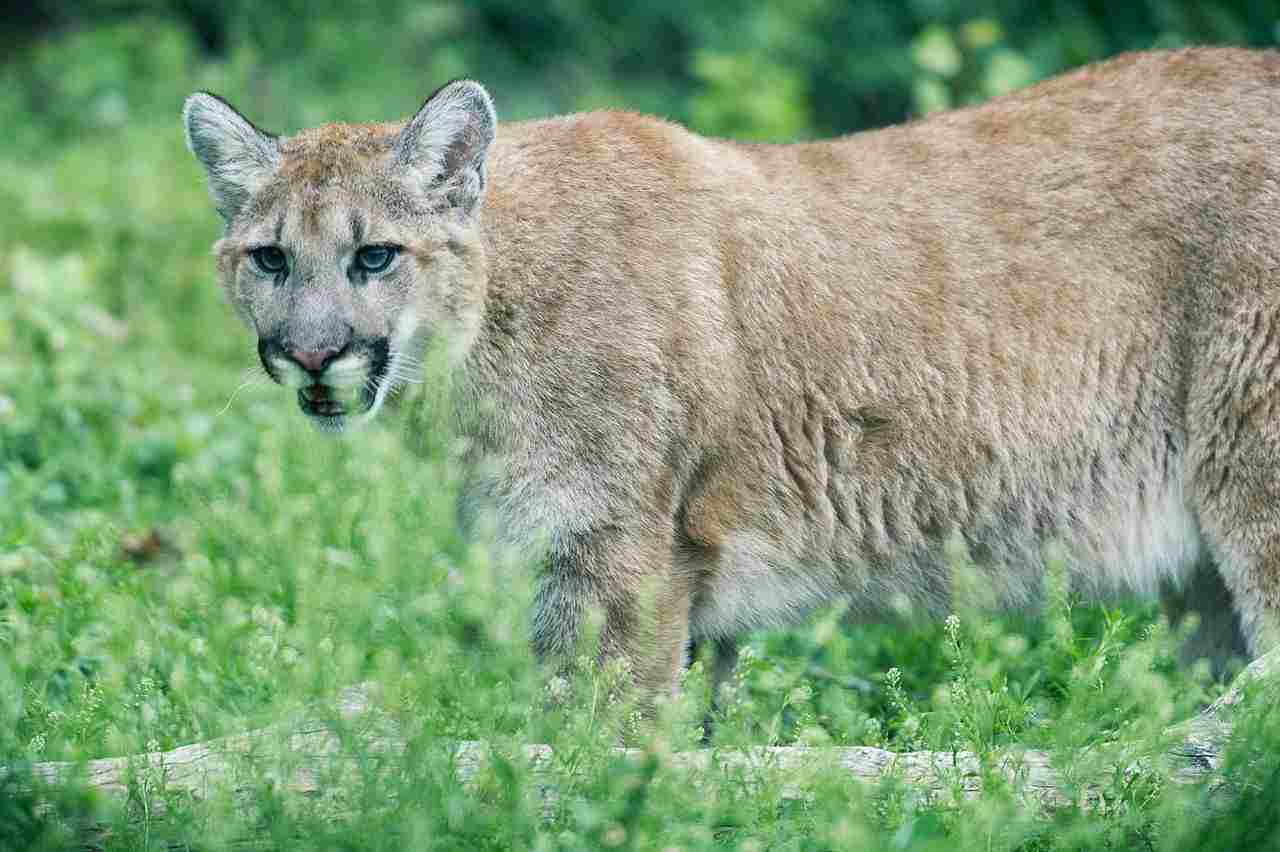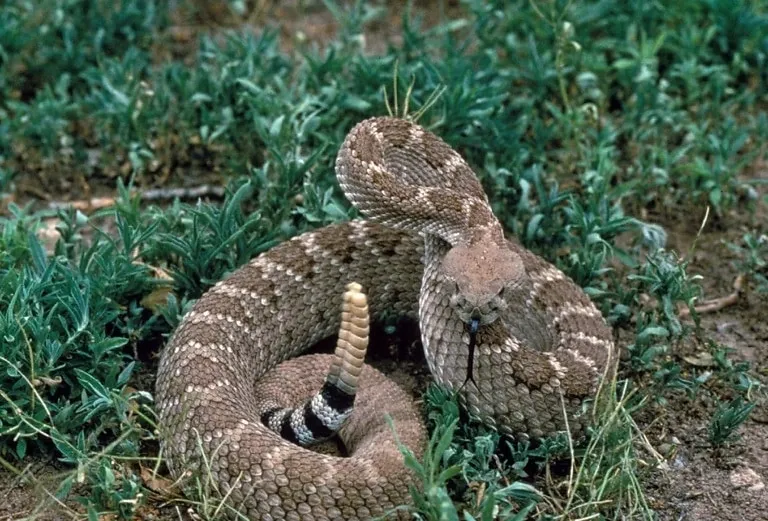Rhino Vs Lion Size, Weight, Ecological Comparison
The size and weight of a rhino compared to a lion are significant factors that contribute to the outcome of a fight between the two. Additionally, the rhino’s powerful tusks give it an advantage. This article explores various aspects of these animals to provide a comprehensive comparison.
Key Outcomes
*Biological Comparison
Rhinos and lions are not biologically related in terms of genus and species. They belong to different taxonomic families, with rhinos belonging to the family Rhinocerotidae and lions belonging to the family Felidae. Despite this, a biological comparison between these two majestic creatures can still be made.
When comparing the biology of rhinos and lions, several factors come into play. These include their appearance, size, weight, bite force, overall physical capacity, habitat, lifespan, behavior, reproduction, danger posed to humans, and conservation status. By examining these aspects, we can gain a deeper understanding of the unique characteristics and adaptations of each animal.
*Size and Weight Comparison
When it comes to size and weight, the rhino and lion have distinct differences.
The rhino is generally larger in size, and also heavier compared to the lion. Rhinos can reach impressive lengths of up to 13 feet and stand at a height of around 6 feet at the shoulder. In terms of weight, rhinos can weigh anywhere between 1,500 to 6,000 pounds, depending on the species.
On the other hand, lions are smaller in size, with males averaging around 8 feet in length and standing at a shoulder height of about 4 feet. In terms of weight, male lions typically weigh between 330 to 550 pounds.
*Physical Capability Comparison
Rhinos are generally far stronger than lions, as well as much heavier and larger.
When comparing the physical capabilities of the rhino and lion, it is important to consider factors such as strength and dominance.
While the rhino is known for its immense size and powerful charge, the lion relies on its agility, speed, and hunting prowess. Ultimately, the outcome of a confrontation between these two animals would depend on various factors, including the specific circumstances and individual characteristics of the animals involved.
1). Taxonomy
The rhino belongs to the genus Rhinoceros, with five extant species: the white rhinoceros, black rhinoceros, Indian rhinoceros, Javan rhinoceros, and Sumatran rhinoceros. Each species has its own unique characteristics and adaptations to their respective habitats.
On the other hand, the lion is classified under the genus Panthera, along with other big cats such as tigers, leopards, and jaguars. The scientific name for the lion is Panthera leo.
When comparing the two animals, it is evident that they belong to different genera and have distinct evolutionary lineages. While both the rhino and lion are large mammals, their taxonomic classification sets them apart.
2). Appearance
Starting with their coats, the rhino is known for its thick, tough skin that is often gray in color. This skin acts as a protective layer against potential threats and helps to regulate body temperature. On the other hand, the lion has a short, tawny-colored fur that provides camouflage in the grasslands where it typically resides. This allows the lion to blend in with its surroundings and remain hidden from prey or potential predators.
In terms of stature and build, the rhino is characterized by its large, bulky body with a barrel-shaped torso and short legs. This build gives the rhino a formidable presence and contributes to its overall strength and power. In contrast, the lion has a more streamlined and agile physique, with a muscular body and long legs that enable it to chase down prey with speed and precision.
When comparing the appearance of these two animals, it is clear that they have distinct physical characteristics that are suited to their specific needs and environments. The rhino’s tough skin and robust build provide protection and strength, while the lion’s camouflaged fur and agile physique make it a skilled predator.
3). Size
When it comes to size, both the rhino and the lion are impressive creatures, but they differ in their measurements. The rhino is known for its massive size, with an average total body length ranging from 10 to 13 feet and a height at the shoulders of around 5 to 6 feet. This makes the rhino one of the largest land mammals on the planet.
On the other hand, the lion may not be as large as the rhino, but it still commands attention with its size. An adult male lion typically measures around 6 to 8 feet in total body length and stands at a shoulder height of about 3.5 to 4 feet. The female lion, known as a lioness, is slightly smaller, measuring around 5.5 to 6.5 feet in length and standing at a shoulder height of 3 to 3.5 feet.
In terms of size, the rhino clearly surpasses the lion in both length and height. However, it’s important to note that the lion compensates for its slightly smaller size with its agility and hunting prowess.
4). Weight
When it comes to weight, the rhino and the lion also exhibit significant differences. The rhino is a massive creature, with an average weight ranging from 1,500 to 2,500 kilograms (3,300 to 5,500 pounds). This immense weight is supported by its sturdy and robust body structure, making the rhino one of the heaviest land mammals.
On the other hand, the lion, although not as heavy as the rhino, still possesses considerable weight. An adult male lion typically weighs between 150 to 250 kilograms (330 to 550 pounds), while a female lion weighs around 120 to 182 kilograms (265 to 400 pounds). Despite being lighter than the rhino, the lion’s weight is still substantial, allowing it to exert power and dominance in its environment.
The weight difference between the rhino and the lion is significant, with the rhino outweighing the lion by a considerable margin. This weight advantage gives the rhino an edge in terms of physical strength and the ability to withstand and deliver powerful charges. However, the lion compensates for its relatively lighter weight with its agility and speed, enabling it to chase down prey and maneuver swiftly in its habitat.
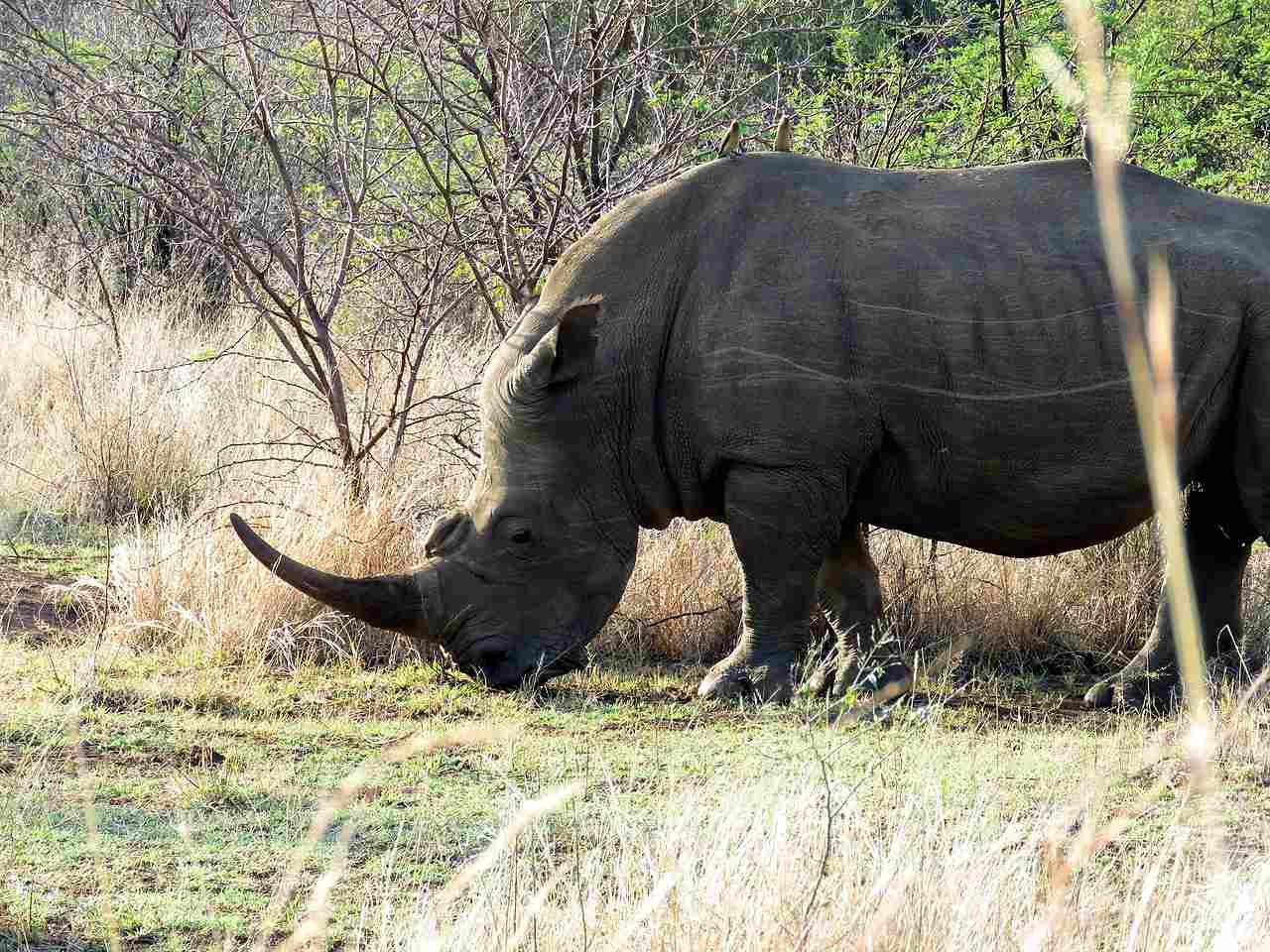
5). Bite Force
The rhino possesses an high bite force, with an average bite strength of around 2,000 pounds per square inch (psi). This immense bite force is primarily used for grazing on tough vegetation and defending itself against potential threats. With its sharp incisors and powerful jaw muscles, the rhino can deliver a devastating bite if provoked.
On the other hand, the lion, although not as powerful as the rhino, still possesses a formidable bite force. An adult lion’s bite force is estimated to be around 650 psi. While this may be lower compared to the rhino, the lion’s bite is still strong enough to crush bones and deliver a fatal blow to its prey.
In terms of bite force, the rhino clearly has the advantage over the lion. Its ability to exert immense pressure with its bite allows it to defend itself effectively and consume tough vegetation.
6). Overall Physical Capacity
In terms of strength, the rhino has a clear advantage over the lion. With its massive size and muscular build, the rhino is capable of charging at high speeds and delivering a powerful blow with its horn. This makes it a formidable opponent in a violent confrontation.
On the other hand, the lion relies on its agility and speed to overpower its prey. With its sharp claws and strong hind legs, the lion can pounce on its target and bring it down with precision. Its ability to work in coordinated groups also gives it an advantage when hunting larger prey.
When it comes to endurance, the rhino has the upper hand. Its thick skin provides protection against external threats, and its ability to graze on tough vegetation allows it to sustain itself for longer periods. The lion, although highly skilled in short bursts of energy, may struggle to maintain its strength during prolonged fights or periods of scarcity.
7). Habitat
Rhinos are primarily found in grasslands, savannas, and tropical forests. They are well-suited to these ecosystems due to their ability to graze on tough vegetation and their preference for open spaces. Rhinos are known to inhabit various regions across Africa and Asia, including the African savannahs and the dense forests of India and Nepal.
On the other hand, lions are known for their presence in grasslands, open woodlands, and scrub habitats. They are highly adaptable and can be found in a range of environments, from the vast plains of Africa to the dense forests of Gir National Park in India. Lions are skilled hunters and their habitat preference is often dictated by the availability of prey species.
When comparing the habitats of these two animals, it is clear that they overlap in certain regions, especially in African grasslands and savannas. However, the lion’s ability to adapt to a wider range of habitats gives it a slight advantage in terms of geographic range.
8). Lifespan
When comparing the lifespan of rhinos and lions, it is important to consider the differences in their biology and ecological factors. Rhinos have a relatively longer lifespan compared to lions, with some species living up to 40-50 years in the wild. This can be attributed to their herbivorous diet, which generally leads to a slower metabolic rate and less physical stress on their bodies.
On the other hand, lions have a shorter lifespan, typically ranging from 10 to 14 years in the wild. This can be attributed to various factors, including their carnivorous diet, which requires more energy and puts more strain on their bodies. Additionally, lions often face more risks and challenges in their environment, such as territorial disputes and hunting injuries, which can further impact their lifespan.
It is worth noting that these lifespan ranges are general estimates and can vary depending on various factors, including the species, individual health, and environmental conditions. However, overall, rhinos tend to have a longer lifespan compared to lions.
9). Behavior
Firstly, in terms of feeding behavior, rhinos are herbivores, primarily feeding on grasses, leaves, and fruits. They have a specialized diet that requires them to spend a significant amount of time grazing and browsing for food. On the other hand, lions are carnivores and rely on hunting for their sustenance. They are skilled predators that hunt in groups, often exhibiting cooperative behavior during the hunt.
Aggression is another aspect where the two animals differ. Rhinos are generally more solitary and less aggressive compared to lions. They tend to be more territorial and may exhibit aggressive behavior when their territory is threatened. Lions, on the other hand, are highly social animals that live in prides. They exhibit a complex social structure and engage in various forms of social behavior, including grooming, playing, and cooperative hunting.
Vocalization is also an important aspect of behavior. Rhinos are known for their low-frequency vocalizations, which they use to communicate with other members of their species. Lions, on the other hand, are known for their iconic roar, which serves as a form of communication and territorial display.
When it comes to parenting, lions exhibit a higher level of parental care compared to rhinos. Lionesses are responsible for hunting and providing food for the pride, while male lions protect the territory and the young. Rhinos, on the other hand, do not exhibit extensive parental care beyond the initial period of nursing.

10). Reproduction
When it comes to reproduction, rhinos and lions have distinct strategies. Rhinos are viviparous, meaning they give birth to live young. The gestation period for rhinos varies depending on the species, but it generally lasts between 15 to 16 months. This lengthy gestation period is one of the longest among land mammals.
On the other hand, lions are also viviparous, giving birth to live cubs. The gestation period for lions is around 110 days, which is significantly shorter compared to rhinos. Lionesses typically give birth to a litter of two to four cubs, and they are responsible for nursing and caring for the young.
In terms of reproductive strategies, rhinos and lions differ in their approach. Rhinos are generally solitary animals, and mating occurs when a male rhino establishes dominance over a female. In contrast, lions have a social structure that includes a dominant male and a group of females. Mating in lions occurs within the pride, and the dominant male has exclusive mating rights.
11). Danger Posed to Humans
When it comes to the danger posed to humans, both rhinos and lions have the potential to be dangerous, but their behaviors and interactions with humans differ. It must be noted that lions are far more dangerous than hippos, due to their aggressiveness, speed, unpredictability, and predatory nature.
Rhinos, although generally solitary animals, can come close to human settlements in search of food or water. However, they are not typically aggressive towards humans unless they feel threatened or provoked. The rate of human deaths caused by rhinos is relatively low compared to other large mammals. Nevertheless, it is important to exercise caution and maintain a safe distance if you encounter a rhino in the wild.
On the other hand, lions have a social structure that includes a dominant male and a group of females. While they are not known to actively seek out human settlements, there have been instances where lions have entered human territories. Lions are apex predators and can be aggressive if they perceive humans as a threat or potential prey. The rate of human deaths caused by lions is higher compared to rhinos.
If you encounter either a rhino or a lion in the wild, it is crucial to take precautions to ensure your safety. Avoid sudden movements, maintain a safe distance, and do not approach or provoke the animal. It is also advisable to travel in groups and be aware of your surroundings.

12). Conservation Status
The conservation status of both rhinos and lions is a matter of concern due to the threats they face in the wild. Both species are classified as endangered or threatened, highlighting the urgent need for conservation efforts to protect their populations.
Rhinos are particularly vulnerable to poaching for their horns, which are highly valued in some cultures for their supposed medicinal properties. This illegal trade has significantly impacted rhino populations, pushing them closer to extinction. Habitat loss and fragmentation also pose a threat to rhinos, as human activities continue to encroach upon their natural habitats.
Lions, on the other hand, face similar challenges in terms of habitat loss and fragmentation. As human populations expand, lion habitats are increasingly being converted for agriculture and urban development. This loss of habitat reduces the available prey and leads to conflicts between lions and humans, often resulting in retaliatory killings. Additionally, trophy hunting and illegal wildlife trade further contribute to the decline of lion populations.
Efforts to conserve both rhinos and lions involve a combination of strategies, including anti-poaching measures, habitat protection, community engagement, and education. Conservation organizations work tirelessly to raise awareness about the importance of these iconic species and to implement conservation programs that address the main threats to their survival.
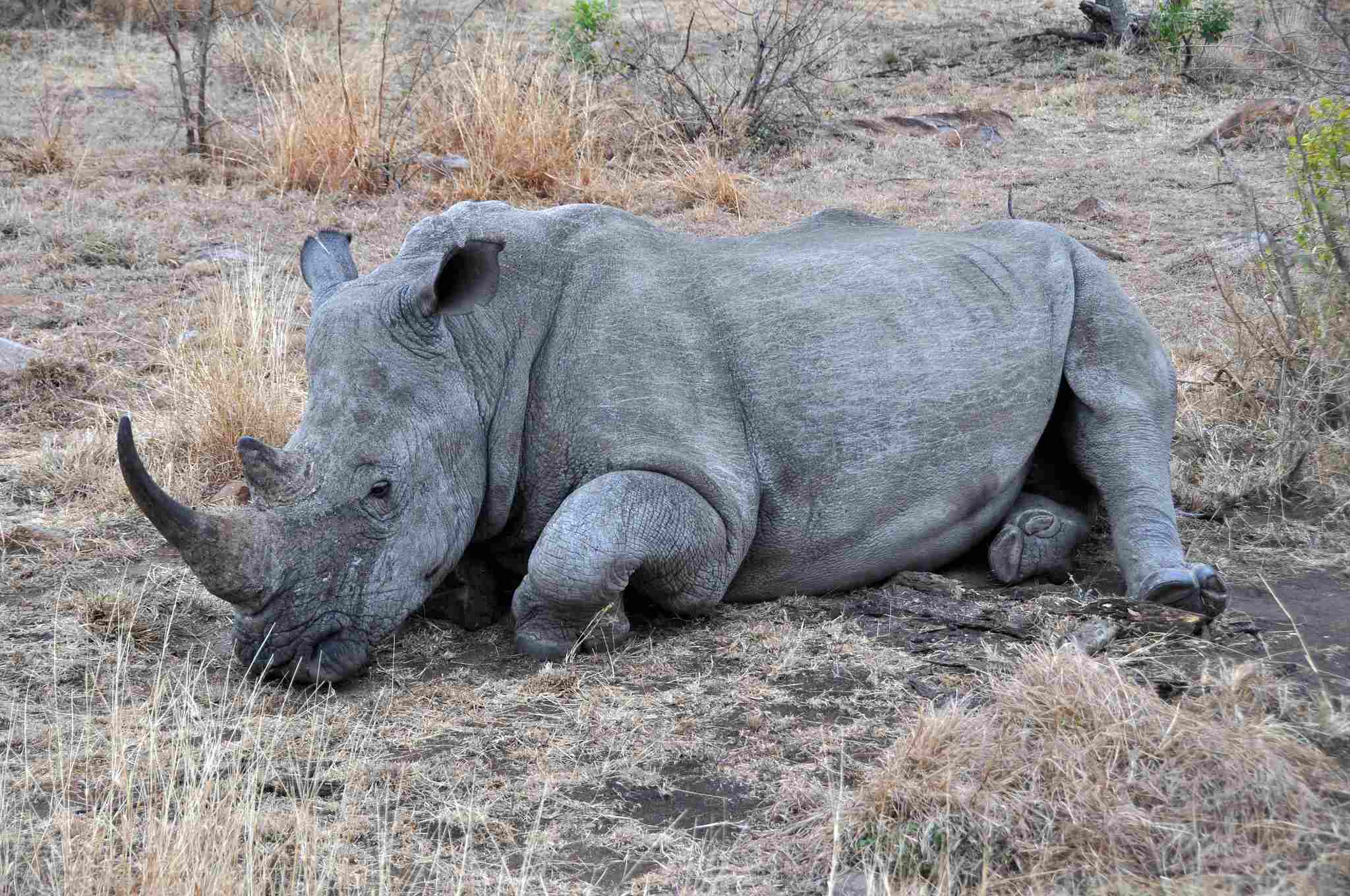
Conclusion
The comparison between rhinos and lions reveals both similarities and differences. In terms of similarities, both animals are large and powerful, with impressive physical capabilities. They are also facing similar threats in terms of habitat loss and human-wildlife conflicts. Rhinos and lions are both endangered species, highlighting the urgent need for conservation efforts to protect their populations.
However, there are also notable differences between the two animals. Rhinos are herbivores, relying on a plant-based diet, while lions are carnivores, feeding primarily on meat. Rhinos have a distinctive horn on their nose, which is absent in lions. Additionally, rhinos have a more solitary nature, while lions are social animals that live in prides.

